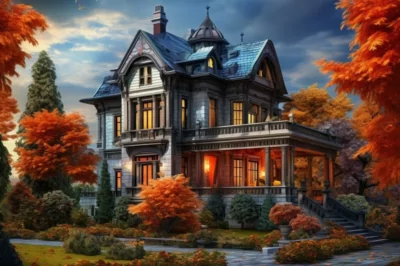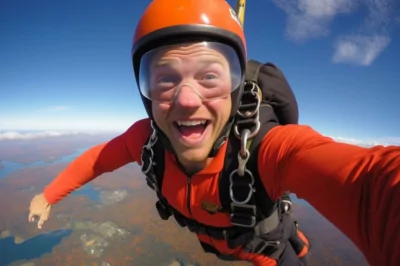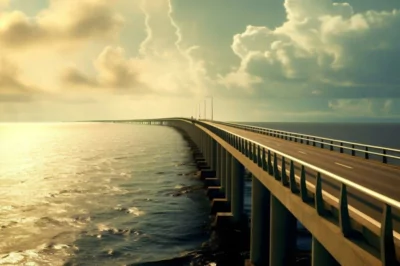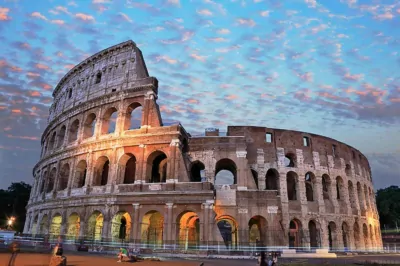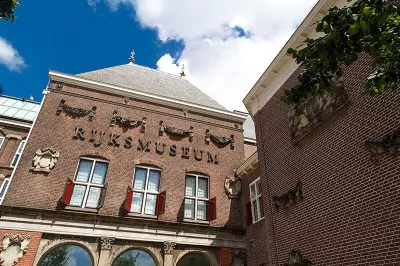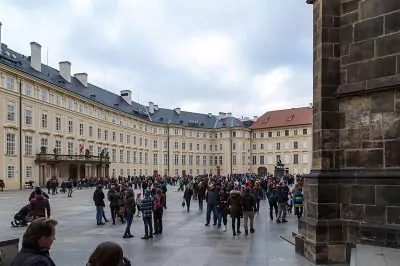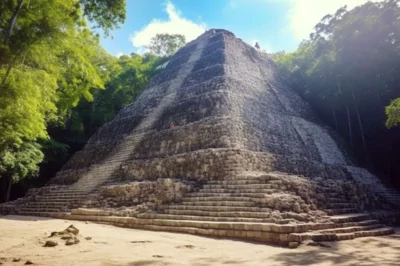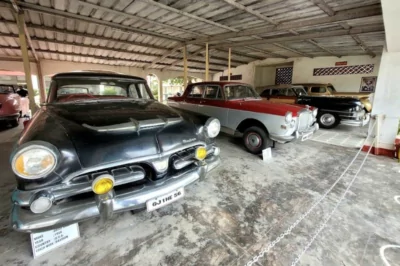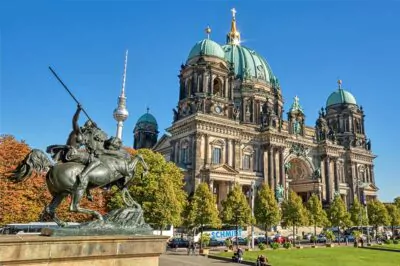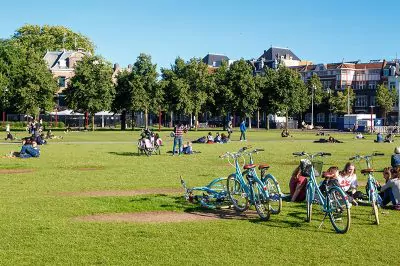Top 5 Dark Tourism Destinations in the World
The idea of dark tourism is not a new concept. In fact, it has been around for centuries. From visiting cemeteries to going on guided tours of prison cells, people have always had a natural curiosity about the darker aspects of life.
- What is dark tourism?
- The different types of dark tourism
- What to expect at dark tourism destinations?
However, in recent years, there has been an increase in interest when it comes to dark tourism destinations. As people become more aware of the injustices experienced by various cultures and people throughout history, they often seek out places that can help them understand and appreciate those struggles.
In this blog post, we will take a look at some of the world’s most interesting and thought-provoking dark tourism destinations that are worth visiting.
What is dark tourism?
Dark tourism, also known as black tourism or grief tourism, is a type of tourism that involves traveling to sites associated with death, suffering, or violence. Dark tourist attractions can include places like battlefields, cemeteries, natural disaster zones, and sites of political violence.
The term “dark tourism” was first coined by academic John Lennon in 1996, and the phenomenon has been the subject of increasing scholarly attention in recent years. dark tourism is a growing trend all over the world as more and more people seek out unique travel experiences.
There are many reasons why people might choose to visit dark tourist destinations. For some, it can be a way to confront personal fears or learn about historical events. For others, it may simply be a matter of curiosity. Whatever the reason, dark tourism can provide visitors with a different perspective on the world and an opportunity to reflect on the human condition.
The different types of dark tourism
There are many different types of dark tourism destinations, each with its own unique appeal. Here are some of the most popular:
- Historic sites associated with death and tragedy: These can include battlefields, cemeteries, and other places where large numbers of people have died.
- Places associated with natural disasters: These can include areas that have been devastated by hurricanes, earthquakes, or other natural disasters.
- Sites associated with crime and violence: These can include prisons, gangland landmarks, and other places where people have been killed or harmed.
- Haunted locations: These can include houses, hotels, graveyards, and other places said to be haunted by ghosts or other supernatural beings.
- Nuclear disaster sites: These can include Chernobyl, Fukushima, and other places that have been affected by nuclear accidents.
What to expect at dark tourism destinations?
When traveling to a dark tourism destination, it is important to be aware of what to expect. These destinations can be emotionally taxing and challenging, and it is important to be prepared for the experience. Here are some things you can expect when visiting a dark tourism destination:
- You will likely feel a range of emotions, including sadness, anger, and disbelief.
- You may find yourself feeling overwhelmed or even triggering past traumas.
- It is important to give yourself time and space to process these feelings.
- Many dark tourism destinations are also quite crowded, so be prepared for large crowds.
- You will likely see graphic images and hear disturbing stories. Again, this can be overwhelming, so take care of yourself.
- There will likely be security guards or other staff members present at the site. This is for your safety as well as the preservation of the site itself.
- Some sites may have specific rules about dress code or behavior. Be sure to follow these rules out of respect for the site and those who lost their lives there.
Most popular dark tourism destinations
Some travelers seek out destinations that offer a glimpse into the darker side of humanity. These so-called “dark tourism” destinations can be found all over the world, and provide a unique and often sobering perspective on history.
From concentration camps to genocide museums, there are many dark tourism destinations that offer a shocking look at some of the worst moments in human history.
These places can be deeply moving and thought-provoking, but they are not for everyone. If you’re interested in exploring the darker side of our world, here are some dark tourism destinations to consider:
1986 Chernobyl nuclear disaster, Ukraina
The 1986 Chernobyl nuclear disaster was one of the worst man-made catastrophes in history.
The explosion at the Chernobyl Power Plant released a large amount of radiation into the environment, contaminating the surrounding area with dangerous levels of radiation. Thousands of people were evacuated from their homes and many more were exposed to high levels of radiation.

Today, the Chernobyl Exclusion Zone is a popular dark tourism destination. Visitors can tour the abandoned city of Pripyat, see the reactors up close, and learn about the terrible event that took place there.
While it is safe to visit Chernobyl today, it is still an eerie and sobering place, and a reminder of the devastation that can be caused by nuclear accidents.
World’s first nuclear bombing Hiroshima, Japan
Hiroshima is a city in Japan that is best known for being the site of the world’s first nuclear bombing. On August 6, 1945, an American B-29 bomber named the Enola Gay dropped an atomic bomb on the city, killing tens of thousands of people instantly and causing massive destruction.
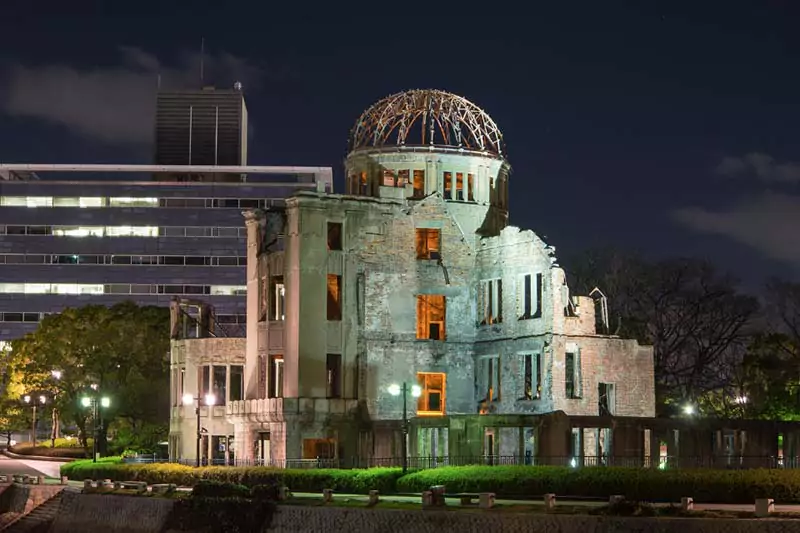
Today, Hiroshima is a peaceful city with a vibrant culture, but it also has several memorials and museums dedicated to the bombing and its aftermath.
Dark tourism visitors can learn about the history of the atomic bomb at the Hiroshima Peace Memorial Museum, see the ruins of buildings destroyed in the bombing at the Atomic Bomb Dome, or pay their respects at the Hiroshima Peace Memorial Park.
The wall separated families: Berlin Wall, Germany
The Berlin Wall was a physical barrier erected by the German Democratic Republic (GDR, East Germany) to prevent movement of people between East and West Berlin. It was built in 1961 and destroyed in 1989. The wall separated families, friends, and loved ones for 28 years.
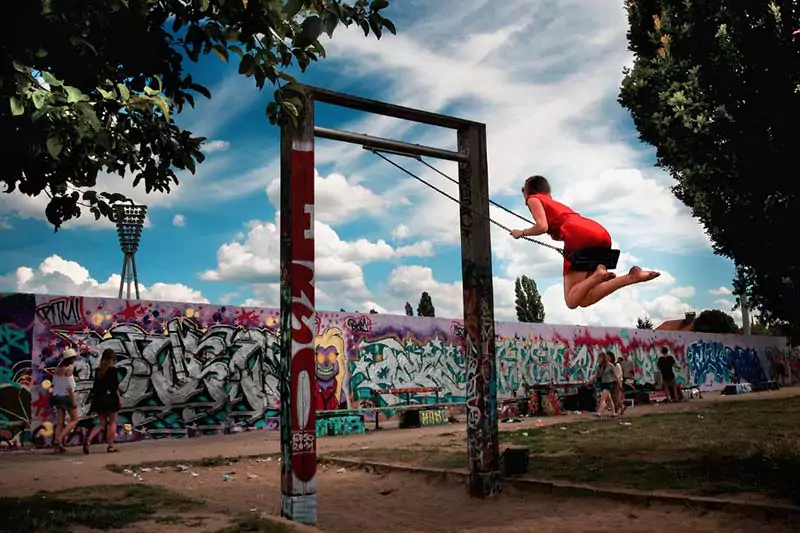
Today, the Berlin Wall is one of the most popular dark tourism destinations in the world. Visitors can see where the wall once stood, as well as visit memorials and museums dedicated to its history.
Destroyed by a volcanic eruption: Pompei Ancient City, Italy
Pompei is one of the most popular dark tourism destinations in the world. Every year, thousands of people visit the ancient city to see the ruins of Pompeii, which was destroyed by a volcanic eruption in 79 AD.
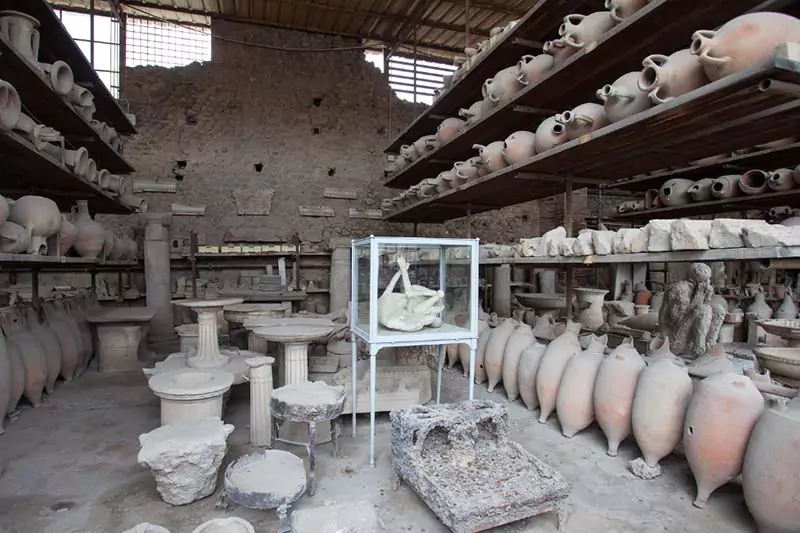
Pompeii is a very unique destination because it gives visitors a rare glimpse into what life was like in a Roman city. The ruins are incredibly well-preserved and there is a lot to see, including homes, public buildings, and even some preserved bodies.
If you’re interested in dark tourism, Pompeii is definitely a place you should add to your list.
Auschwitz Concentration Camps, Germany
Auschwitz was the largest of the Nazi concentration camps, consisting of three main camps, Auschwitz I, Auschwitz II–Birkenau, and Auschwitz III–Monowitz, and 45 sub-camps. The majority of the victims were Jewish people, but also Poles and Roma were killed.
Auschwitz I was the original camp, established in 1940. It consisted of barracks for inmates and a gas chamber. The gas chamber was never used on a large scale at this camp.
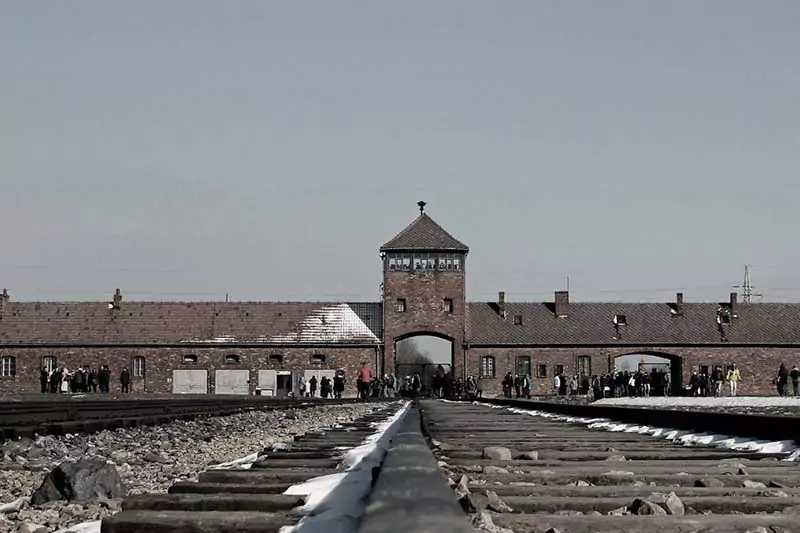
Auschwitz II–Birkenau was built in 1941 and was the main extermination camp. This is where most of the Jewish people who were killed in Auschwitz were sent. The gas chambers at Birkenau could kill 2,000 people at a time.
Auschwitz III–Monowitz was a forced labor camp that opened in 1942. Prisoners at this camp worked in factories for companies like I.G. Farben and Krupp.
FAQs
Is dark tourism ethical?
Many people believe that dark tourism is unethical because it involves exploiting the suffering of others for profit. Others argue that dark tourism can be educational and can help to raise awareness about important historical events.
Some popular dark tourism destinations include concentration camps, genocide memorials, and sites associated with natural disasters. Critics say that these places should be respected and treated with dignity, not turned into tourist attractions. Supporters of dark tourism argue that it can help people to understand and empathize with the victims of these events.
Whether or not dark tourism is ethical is a matter of personal opinion. Some people believe that it is an important way to learn about history and to remember the victims of tragedies, while others find it distasteful and exploitative.
Conclusion
Dark tourism has gained massive popularity in recent times and is becoming an increasingly popular choice for travel enthusiasts. It provides a unique way to experience history and gain insight into the darker side of the world, while providing opportunities to reflect on our own lives.
There are so many incredible dark tourism destinations around the globe, from Auschwitz-Birkenau concentration camp in Poland to Tuol Sleng Genocide Museum in Cambodia.
If you’re looking for an alternative type of vacation that will leave you with an unforgettable experience, consider visiting one of these incredible places!
